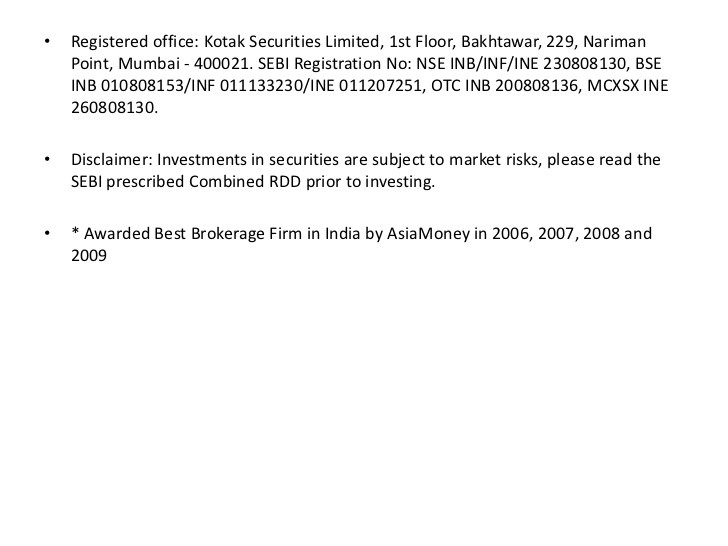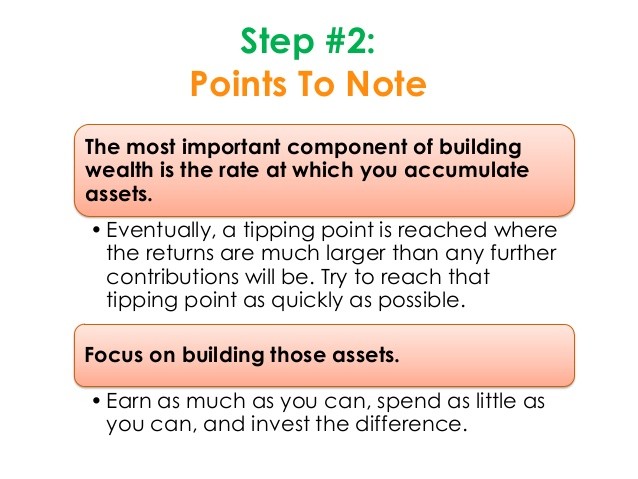8 Points to evaluate your stock investment
Post on: 3 Июнь, 2015 No Comment

8 points to evaluate your stock investment
October 21st, 2007 Posted in Investment
The very first kind of investment that I have been exposed to is in stock market. And guess how I started? Through co-works at the work place who discuss about their profit and tips during lunch hours and breaks. Soon enough, I was influenced and bought some shares on the advices given by co-workers.
Does that happen to you too? You invest into the stock market because your friends talk about it and recommended you some good information?
How should we then evaluate our stock investment?
MangingMoney.com has the following 8 points:
You should thoroughly analyze a stock before purchase. However, if you pick up a company’s annual report you can quickly become overwhelmed by all the numbers. What figures should you concentrate on when evaluating a stock? At a minimum, you should look for answers to these eight questions:
• What are the company’s earnings? Earnings per share (EPS) is the company’s net income after taxes and preferred stock dividends divided by the average number of shares outstanding. Look for steadily increasing EPS, which shows a pattern of consistent growth.
• How does the company’s price relate to earnings? The price/earnings (P/E) ratio is calculated by dividing the company’s stock price by EPS. It basically indicates how much investors are willing to pay for a dollar of the company’s earnings. P/E ratios can be calculated using different earnings numbers. Trailing P/E ratios use earnings per share for the most recent four quarters, while forward P/E ratios use forecasts of future earnings per share. To get a feel for the reasonableness of a company’s P/E ratio, review its historical P/E ratio, the P/E ratio of other companies in similar industries, and the P/E ratio of the market as a whole.
• How does the company’s book value relate to its price? A company’s book value equals its assets less its liabilities, commonly referred to as stockholders’ equity. Dividing the stock’s price by its book value per share will give you the price-to-book value. Companies with low price-to-book values are often considered value stocks.

• What is the company’s return on equity? Return on equity (ROE) is calculated by dividing the company’s income by its shareholders’ equity. It is used to measure how well a company is utilizing capital retained in the company.
• What is the stock’s total return? Total return equals dividends plus or minus changes in stock price divided by your purchase price. This is the overall measure of the stock’s performance and is useful when comparing one investment with other investments.
• What is the company’s debt level? The debt ratio is the company’s outstanding debt divided by shareholders’ equity, which measures how leveraged a company is. High levels of debt can make a company more vulnerable during economic downturns. Also take a look at the current ratio, which is calculated by dividing current assets by current liabilities. It is a measure of a company’s ability to pay its current obligations.
• What is the company’s growth rate? A company’s growth prospects can be evaluated using the price/earnings growth, or PEG, ratio, which is calculated by dividing the P/E ratio by the company’s projected earnings growth rate. A PEG ratio of one is considered standard, meaning the growth rate is incorporated in the stock’s price. A PEG ratio higher than one means the stock is trading at a premium to its growth rate, while a ratio of less than one may mean the stock is undervalued.
• How volatile is the stock? Beta is a statistical measure of how stock market movements have historically impacted a stock’s price. By comparing the movements of the Standard & Poor’s 500 (S&P 500) to the movements of a particular stock, a pattern develops that gauges the stock’s exposure to stock market risk. The S&P 500 is an unmanaged index generally considered representative of the U.S. stock market and has a beta of one. A stock with a beta of one means that on average it moves parallel with the S&P 500. A beta greater than one means the stock should rise or fall to a greater extent than movements in the S&P 500, while a beta less than one means it should rise or fall to a lesser extent than the S&P 500. Since beta measures movements on average, you cannot expect an exact correlation with each market movement.
The decision to purchase a stock can’t be made solely from a review of financial ratios. You will also need to evaluate subjective factors, such as the quality of management, prospects for the company’s industry, and where the company stands in relation to its competitors.














